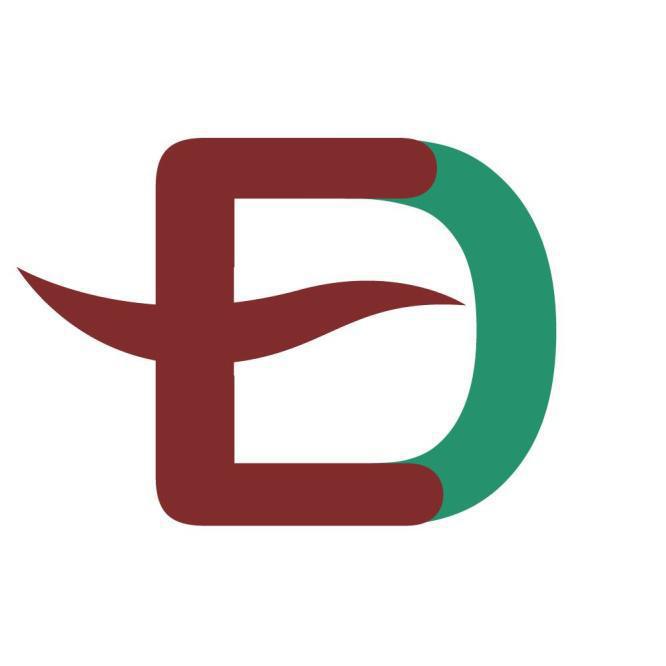Body Image
With the ongoing spells of beautiful weather, albeit with some recent showers, summer is definitely upon us! The lockdown is gradually easing up, allowing us to get back out and about but perhaps, at times, also posing new challenges. One of these challenges can be managing body dissatisfaction or poor body image over the summer months.
Difficulties with body image are part of having an eating disorder and it can take time and work to change these, even after you overcome other aspects of the disorder. In addition to the usual self-care routines that are so important to your mental health, there are some specific steps that you can take to help manage body dissatisfaction.
Limiting negative influences on our body image
A good place to start is to be aware of the potentially negative impact of the media on body image, particularly the impact of social media. It’s well known that the male and female beauty ideals presented in the media trigger body dissatisfaction for people and that this begins at a very young age. For example, research indicates that exposure to Barbie dolls can make children as young as 6-years old dissatisfied with their bodies (e.g. Dittmar, Halliwell & Ive, 2006). Media images are most often digitally altered or enhanced and represent an unrealistic body ideal.
-
Critiquing the images we see and being aware of how they have been altered is important (see https://youtu.be/xKQdwjGiF-s).
-
Limiting our exposure to these unrealistic images is also important. You can do this by not buying beauty magazines, unfollow/follow accounts, use Adblockers, limit time spent on social media, and perhaps deleting some social media accounts.
Mirror checking
It can also be tempting, or even a barely acknowledged habit, to monitor your appearance in the mirror and to check your body for signs of change or to scrutinise perceived flaws. Mirror-checking significantly reinforces body image issues and most often leads to high levels of anxiety and distress. Mirror-checking is best if it is reserved for ‘functional’ checks only, e.g. briefly checking your hair and general appearance before leaving the house. It should always be brief (no more than 10 seconds) for these types of checks.
Pursue a positive body image.
Along with limiting the negative influences on our body image, you can take active steps to develop a more positive body image.
-
Taking care of our bodies by eating and sleeping well is an important factor in developing a positive body image, along with reminding ourselves of what we use our bodies for, beyond appearance (e.g. bringing us places, walking, talking,…).
-
Engage in positive self-talk. Making an effort to change how you speak to yourself about your body is a great step in developing a better body image. Rather than criticising yourself, start complimenting the parts of your body and appearance that you like. You can start small, like complimenting your hair, and work towards a more balanced and positive view of yourself. Write out positive self-statements about your body, like “I am strong”, and leave them in places where you will see them.
-
Think about good role models for positive body image in your life and follow body-positive social media accounts.
Be kind to yourself. Developing a good body image is a process that takes time and attention. Good luck!
For further resources on body image, check out Bodywhys and its SeeMyself programme https://www.bodywhys.ie/recovery-support-treatment/other-resources/seemyself-programme/


